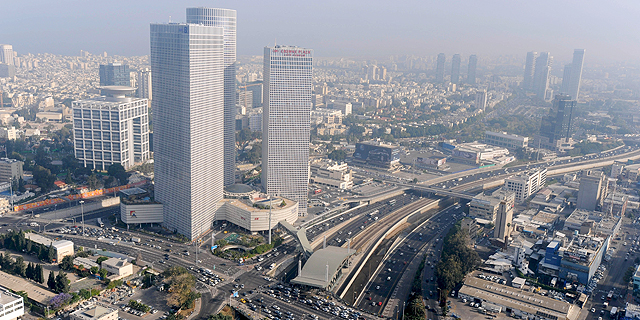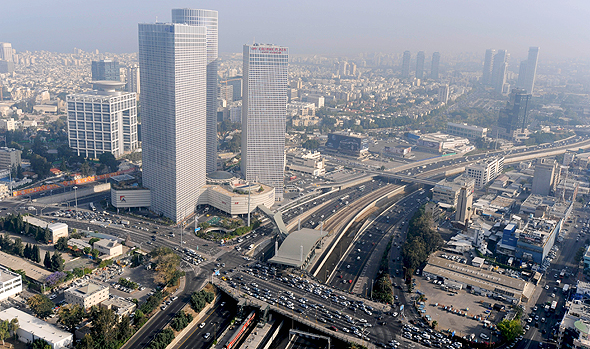
Israel’s Income Polarization Just Keeps Growing
A recent report by Israel’s Central Bureau of Statistics shows that while on the surface inequality is getting better, the situation of Israel’s lowest earners keeps getting worse
Adrian Filut | 18:26, 28.11.19
On Tuesday, Israel’s Central Bureau of Statistics published its household expenditure survey for 2018, and Israel’s policymakers should find the results illuminating—and concerning. In short, Israel’s income gap is becoming deeper and wider.
One measurement cited in the report is the Gini coefficient, which is a comparison of cumulative proportions of the population against cumulative proportions of the income they receive. It ranges between 0, perfect income equality, and 1, perfect inequality. Israel’s Gini coefficient for 2018 was 35.5%, according to the CBS, a 1.1% increase from 2017 but still one of the lowest Gini coefficient levels seen in Israel after a sharp drop experienced over the last two decades. While on an international scale Israel still makes the top 10 in terms of inequality among OECD countries, it is no longer in the top five like it was until five years ago.
Good news? Not really. Israel’s most acute problem is the polarization between its top earners and its lowest earners, measured based on the P90/P10 ratio. The P90/P10 is the ratio of the upper bound value of the ninth decile, meaning the 10% of people with the highest income, to that of the first decile. In Israel in 2018, that ratio was 8.4: the average income for the ninth decile was NIS 40,254 (approximately $11,600) per month, while the average monthly income for the first decile was NIS 4,786 (approximately $1,380). It is an extremely high ratio for an OECD country, and what’s worse, it represents a 14% increase from 2017, when it was 7.4.
Those who think that the disparity grew due to an increase in the percentage of income the rich contribute to the national pot are mistaken. Over the past decade, the contribution of the ninth decile dropped from 24.5% to 23%. The same is true when one looks at the bottom 20%, which saw a drop from 40% to 38%. When one looks at expenditure, the ninth decile only spends 2.4 times as much as the first decile.
To further prove that it is not your run-of-the-mill inequality but deep polarization that’s plaguing the Israeli economy, one should take a look at the Palma ratio, an index created a decade ago that has been picking up interest lately. The Palma ratio is the share of all income received by the ninth decile divided by the share of all income received by the 40% of people with the lowest disposable income. CBS data for the past two decades shows Israel’s Palma ratio dropped from 1.4 to 1.14, meaning that in 2009, the ninth decile had 40% more disposable income than the four lowest deciles, but now it only has 14% more.
When considering both the Gini coefficient and the Palma ratio, the picture is clear: Israel’s inequality is getting better, but there is a real problem with the income of Israel’s lowest deciles.
